DIY Essential Oil Blends for Relaxation
Discover the art of creating your own essential oil blends for relaxation right at home. Essential oils have long been celebrated for their calming and rejuvenating qualities, and blending them yourself can personalize your relaxation experience. This guide delves into everything from the fundamental principles of blending to safety tips and favorite recipes, ensuring that both beginners and seasoned enthusiasts can benefit from the soothing power of essential oils.
Understanding Essential Oils for Relaxation
01
The Science Behind Relaxing Scents
Essential oils interact with the limbic system in the brain, which is responsible for emotions and memories. Oils like lavender and chamomile contain soothing compounds such as linalool and bisabolol, which have been shown to reduce anxiety and promote a sense of calm. Inhaling these scents triggers neurological responses that encourage your body to relax, slow down, and release tension accumulated throughout the day.
02
Popular Relaxation Oils
Some essential oils are especially renowned for their relaxing effects. Lavender stands as a quintessential favorite due to its gentle, floral aroma and proven ability to ease tension. Ylang-ylang and bergamot also offer sweet, slightly citrusy notes that are uplifting while soothing frayed nerves. Understanding these oils’ unique properties can help you craft blends that resonate with your preferences and needs.
03
Choosing Quality Oils
When creating blends for relaxation, the quality of your essential oils matters greatly. Choose pure, therapeutic-grade oils from reputable suppliers to ensure safety and effectiveness. Synthetic additives or diluted oils can reduce the benefits and potentially cause adverse reactions. Research your chosen brands and look for transparency regarding ingredient sourcing and production methods for peace of mind.
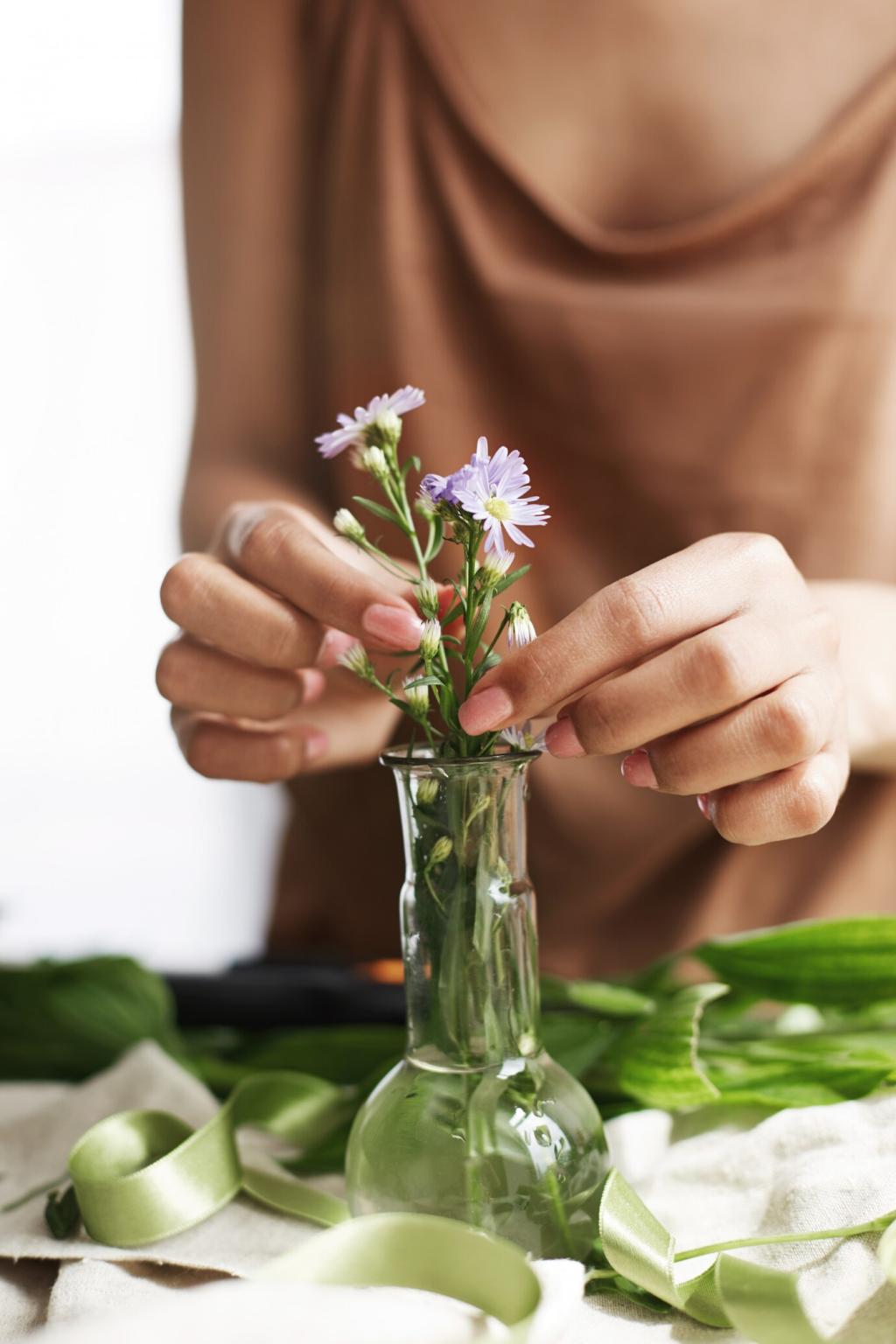
Understanding Notes in Blending
Essential oil blending relies on three categories of notes: top, middle, and base. Top notes, such as citrus oils, evaporate quickly and offer an initial burst of fragrance. Middle notes like lavender act as the “heart” of the blend, providing balance. Base notes, such as sandalwood or patchouli, add depth and longevity. Balancing these notes creates a complex, inviting aroma suitable for relaxation.

Blending Ratios for Beginners
When first starting out, a simple rule of thumb involves blending 30% top notes, 50% middle notes, and 20% base notes. Begin with a small number of drops in a test batch, adjusting gradually to suit your preferences. As your confidence grows, experimenting with ratios will help you discover your signature relaxing scent that brings tranquility and peace to your space.
Creating Relaxing Essential Oil Diffuser Blends
Blends for Stress Relief
To ease feelings of stress, combine oils known for their tension-reducing effects. For example, a mixture of lavender, bergamot, and frankincense creates a crisp, sweet aroma that soothes frazzled nerves and brings a sense of peace to any environment. Adjust the proportions to emphasize your favorite note and create a blend that instantly calms you.
Calming Evening Atmosphere
Wind down after a long day with a blend designed for evening relaxation. Oils like neroli, sandalwood, and marjoram work together to create a grounding, gently floral aroma that encourages your mind and body to slow down. Place the blend in your diffuser an hour before bedtime to let the mellow fragrance fill your room and prepare you for restful sleep.
Meditation and Mindfulness Blends
For meditation or mindful practice, use essential oils that foster concentration and inner stillness. Frankincense, clary sage, and patchouli create a deep, earthy aroma that gently grounds the mind and enhances focus. Diffuse this combination during your meditation session to help clear mental clutter and promote a tranquil, centered state of being.
Relaxing Bath Soaks and Massage Oils
Create a custom bath soak by blending essential oils with Epsom salts or a neutral carrier oil. A mixture of lavender, roman chamomile, and geranium provides floral and herbal notes that melt tension away. The heat of the bath releases the oils’ aroma, enveloping you in a cloud of serenity while softening and nourishing your skin.
Pillow Sprays and Linen Mists for Bedtime Relaxation
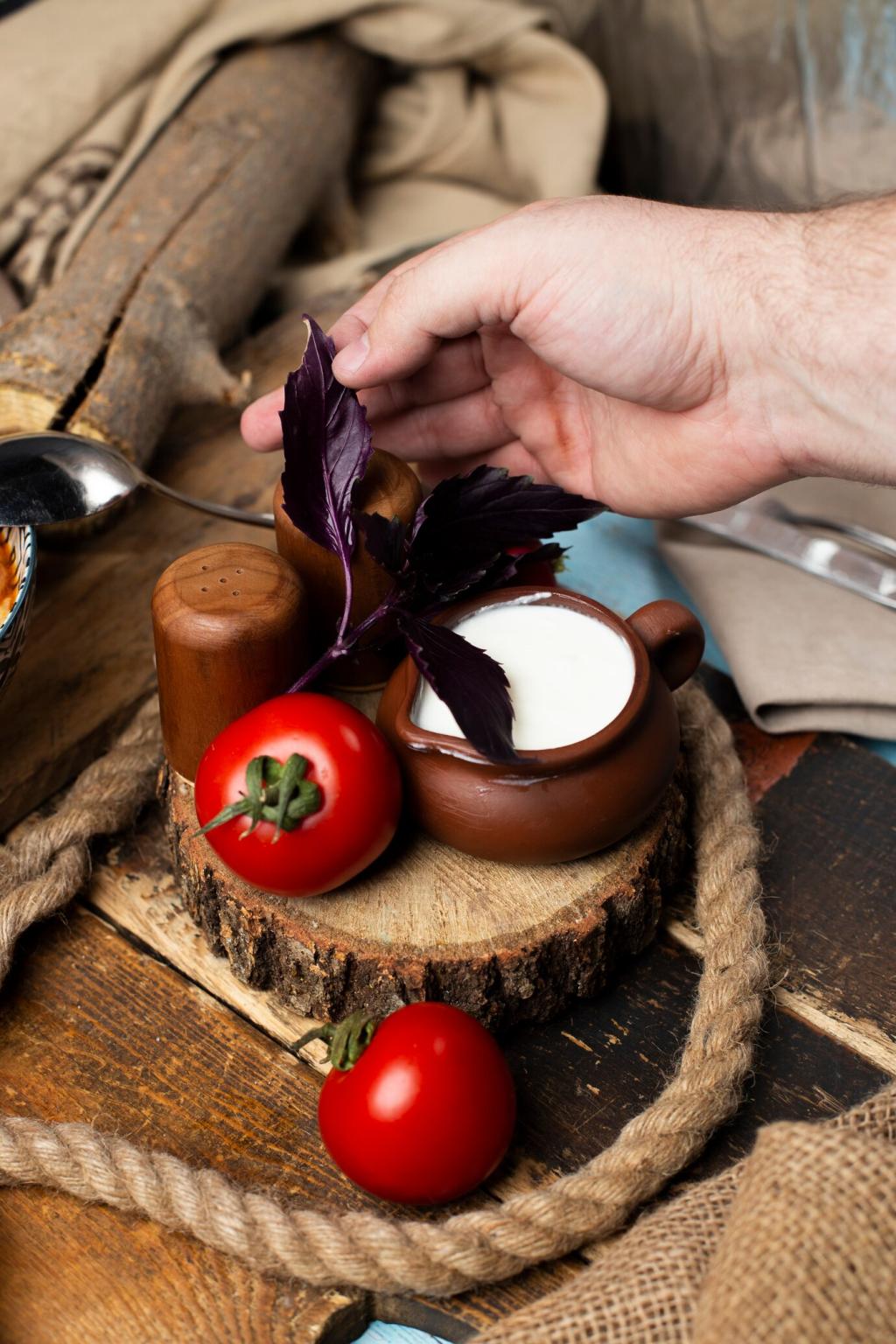
Crafting Your Own Pillow Mist
To make a pillow mist, combine distilled water with a dash of witch hazel and add oils such as lavender, clary sage, and vetiver. These oils are celebrated for relieving anxiety and promoting deep, restful sleep. The result is a spray that calms both body and mind, helping you transition smoothly from wakefulness to slumber.
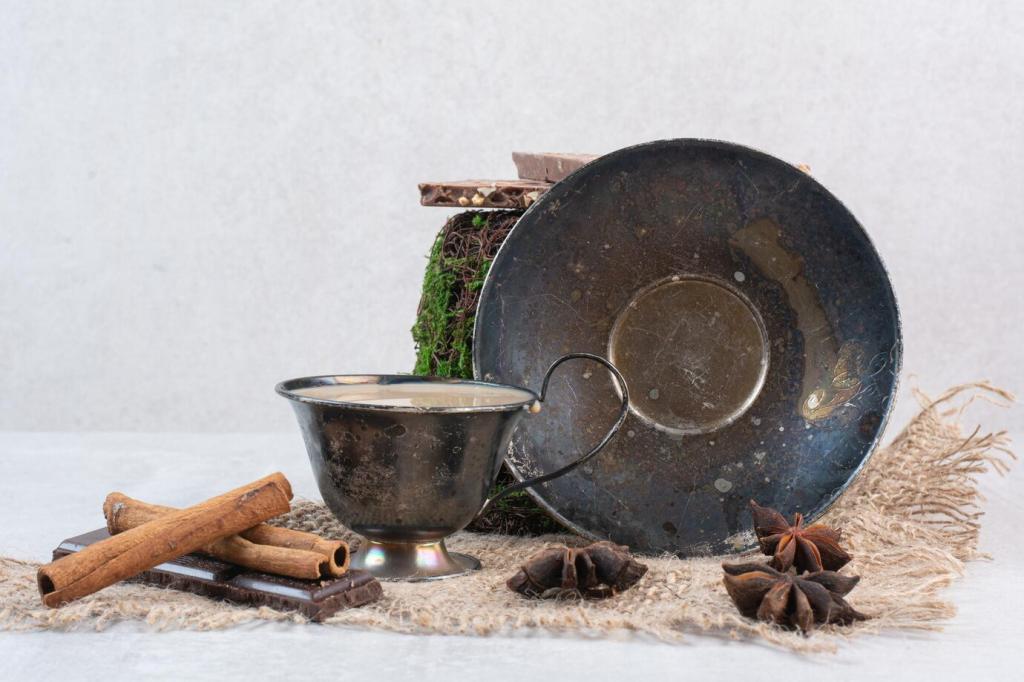
Best Oils for Nighttime Rest
Oils such as roman chamomile, sandalwood, and marjoram are excellent additions to bedtime blends. Their warm, earthy, and herbaceous notes relax the nervous system and prepare your body for sleep. Experiment with the proportions of each oil to find a fragrance that lulls you gently into a deep, restorative rest each night.
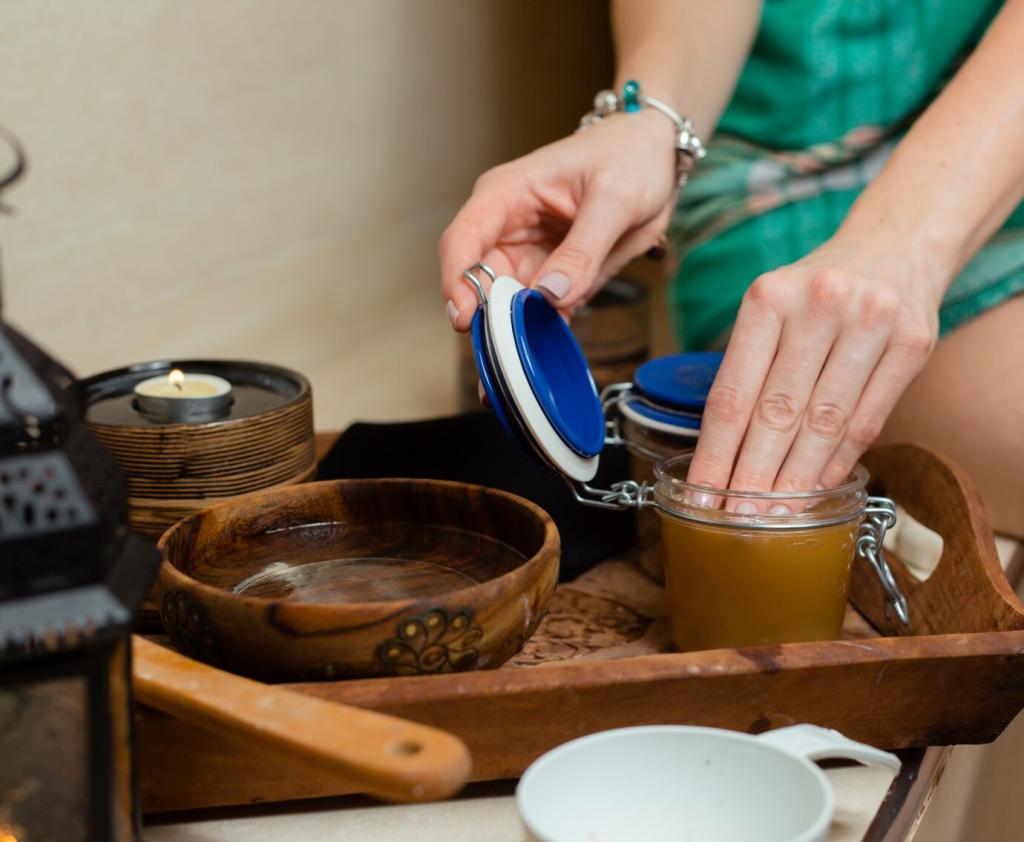
Refreshing Linens for a Calm Morning
Start the day refreshed by giving your linens a morning spritz with an energizing yet calming blend. Citrus oils paired with a touch of lavender keep the mood light while banishing anxiety. Such a routine not only keeps your bedding smelling delightful but also helps maintain a peaceful atmosphere throughout your home.
Incorporating Relaxation Blends Into Daily Life
Begin your day on a peaceful, centered note by inhaling a relaxing oil blend as part of your morning ritual. A blend of frankincense, bergamot, and rose geranium can foster clarity and tranquility, setting a positive tone. Simply inhale from a personal inhaler or diffuse in your bathroom as you prepare for the day ahead.
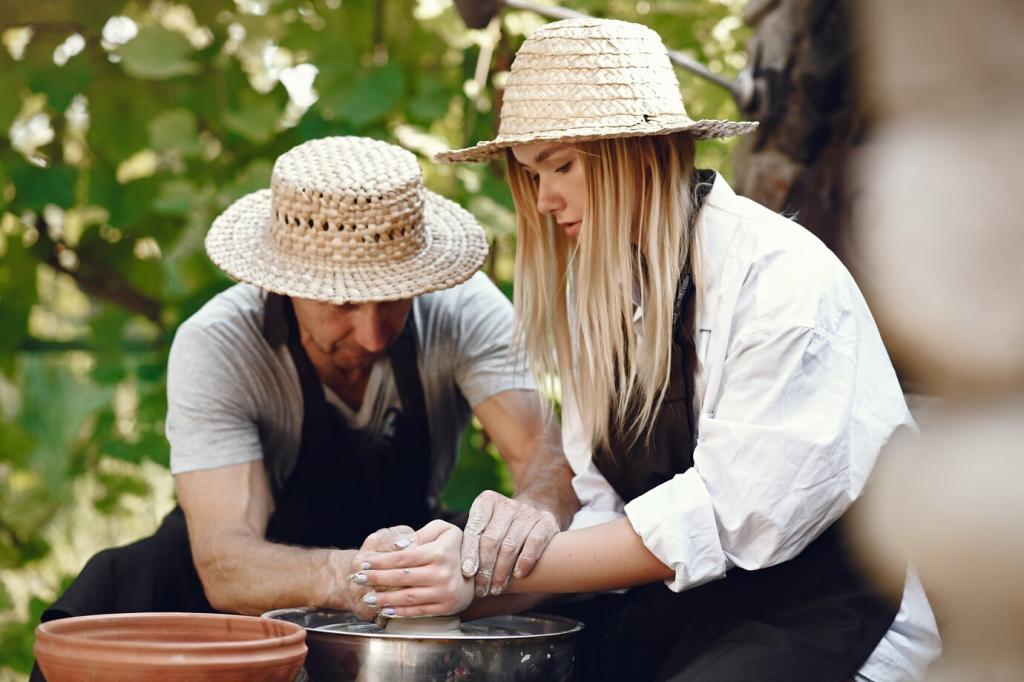
Dilution Guidelines
Proper dilution is key to ensuring that essential oils are safe for topical use. Undiluted oils can cause skin irritation, rashes, or even allergic reactions. For adults, a 2–3% dilution (about 12–18 drops of essential oil per ounce of carrier oil) is generally safe. Following these guidelines preserves the gentle, effective qualities of your blends.
Sensitive Populations
Children, pregnant women, and individuals with certain health conditions require additional care when using essential oils. Not all oils are suitable for all ages or conditions—some may be contraindicated. Consult a healthcare provider or certified aromatherapist before trying new blends if you fall into these categories to ensure safety and optimal results.
Storage and Shelf Life
Proper storage of your blends helps maintain their potency and safety. Keep oils in dark, airtight glass bottles and store them away from sunlight and heat to prevent degradation. Make small batches that you can use within a few months. If a blend changes color, smells off, or develops cloudiness, it’s best to discard it and mix a fresh batch.
